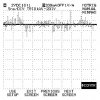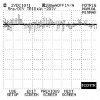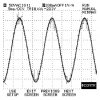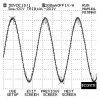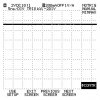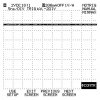I inherited a mess. I have a existing design in which the microprocessor is sometimes reseting. The original designer left the company in 1998. I have been at my current position for 1 year. We are seeing nuisance resets of the processor. The reset doesn't happen all of the time. It only happens 3 or 4 time a day. I have gotten some of the boards back that have the reset problem, but I can't get the processor to repeat the problem.
I know it has something to do with a power supply (Powering a low wattage light) in parallel with the transformer that supplies power voltage regulator then to the processor. I have no control over the Low Voltage Light's power supply because our parent company manufactures that devise (It plugs into our unit).
I have scoped out the MCLR line and I see VERY VERY fast Voltage spikes and Drops. These occur in less than 1ns. Processor runs at 4MHz.
I have tried an appropriate TVS with no help.
Any suggestions???
Some other bits of info:
PIC16C57
programmed for POR but NOT for BOR. I would think that if the processor would be programmed for BOR this would cause MORE resets......
T
I know it has something to do with a power supply (Powering a low wattage light) in parallel with the transformer that supplies power voltage regulator then to the processor. I have no control over the Low Voltage Light's power supply because our parent company manufactures that devise (It plugs into our unit).
I have scoped out the MCLR line and I see VERY VERY fast Voltage spikes and Drops. These occur in less than 1ns. Processor runs at 4MHz.
I have tried an appropriate TVS with no help.
Any suggestions???
Some other bits of info:
PIC16C57
programmed for POR but NOT for BOR. I would think that if the processor would be programmed for BOR this would cause MORE resets......
T

